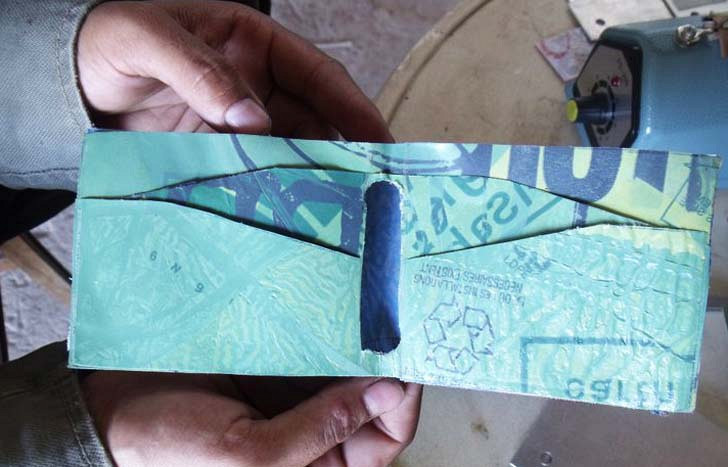Help
Community21 has selected some case study communities and projects to share across the network to inspire and inform others. Should we be featuring yours? If so get in touch.




Location: The companies HQ is in Buenos Aires, Argentina. They have 3 projects:
Aims: "Waste for Life Lesotho began in the summer of 2006 and Waste for Life Argentina began one year later in July 2007. Waste for Life Sri Lanka, our newest project, began in 2015" (Waste For Life, n.d)
Background: "Our founding program, Waste for Life, aims to reduce the damaging environmental impact of non-recycled plastic waste products and to promote self-sufficiency and economic security for at-risk populations who depend upon waste to survive. We use scientific knowledge and low-threshold/high-impact technologies to add value to resources that are commonly considered harmful or without worth but are often the source of livelihood for society’s poorest members." (Waste For Life, n.d)
Social Impacts: They offer University tuition- "Education is central to Waste for Life’s mission. We rely on strong ties to universities for materials research, technology development, and product design. (See WFL Research for details.) But we give back what we take. When WFL projects are integrated into university curriculum, that curriculum broadens the norms that traditionally prescribe most areas of study or practice: the disciplinary one — how we do what we do — and the market one i.e., how we make money for whoever hires us. By bringing social and environmental norms into classrooms and linking them to interdisciplinary and collaborative experiences, which are necessary components of our work, WFL offers students alternative ways of practicing their skills and an alternate purpose for their professional goals" (Waste For Life, n.d)
Economic Impacts: Aims to provide economic security for people within its projects- "Our mission is to provide access to scientific knowledge and technology, usually circumscribed by privilege, to people living on society’s margins. We leverage our network to open up pathways towards autonomy and genuine economic security for people who need it most – those living at the intersections of waste and poverty" (Waste For Life, n.d)
Environmental Impacts: According to Waste For Life- "Our twin goals are to reduce the damaging environmental impact of non-recycled plastic waste products and to promote self-sufficiency and economic security for at-risk populations who depend upon waste to survive" (Waste For Life, n.d)
Equipment: The "Kingston Hot press is a manually operated hot press designed to make tiles of composite plastic, up to 610×610 mm (24×24 in) size, 1-10 mm thick. The press is designed to provide up to 6 MPa pressure (870 psi). The total force required for pressing is thus around 200 tons (2 MN). The temperature can be adjusted up to 250°C. The key design challenge was to make a manually operated press able to supply very large force, and yet be affordable and relatively easy to make" (Waste For Life, n.d). (Instruction for how to use are here: https://www.appropedia.org/Kingston_Hot_Press:_Process_Improvements)
Products:
Products made using technology outlined above can be seen in the images displayed below.
References: -Appropedia.org. 2021. Kingston Hot Press: Process Improvements - Appropedia: The sustainability wiki. [online] Available at: [Accessed 6 February 2021].
-Lisa, A., 2011. Waste For Life recycled plastic objects in Buenos Aires. [online] Inhabitat.com. Available at: [Accessed 6 February 2021].